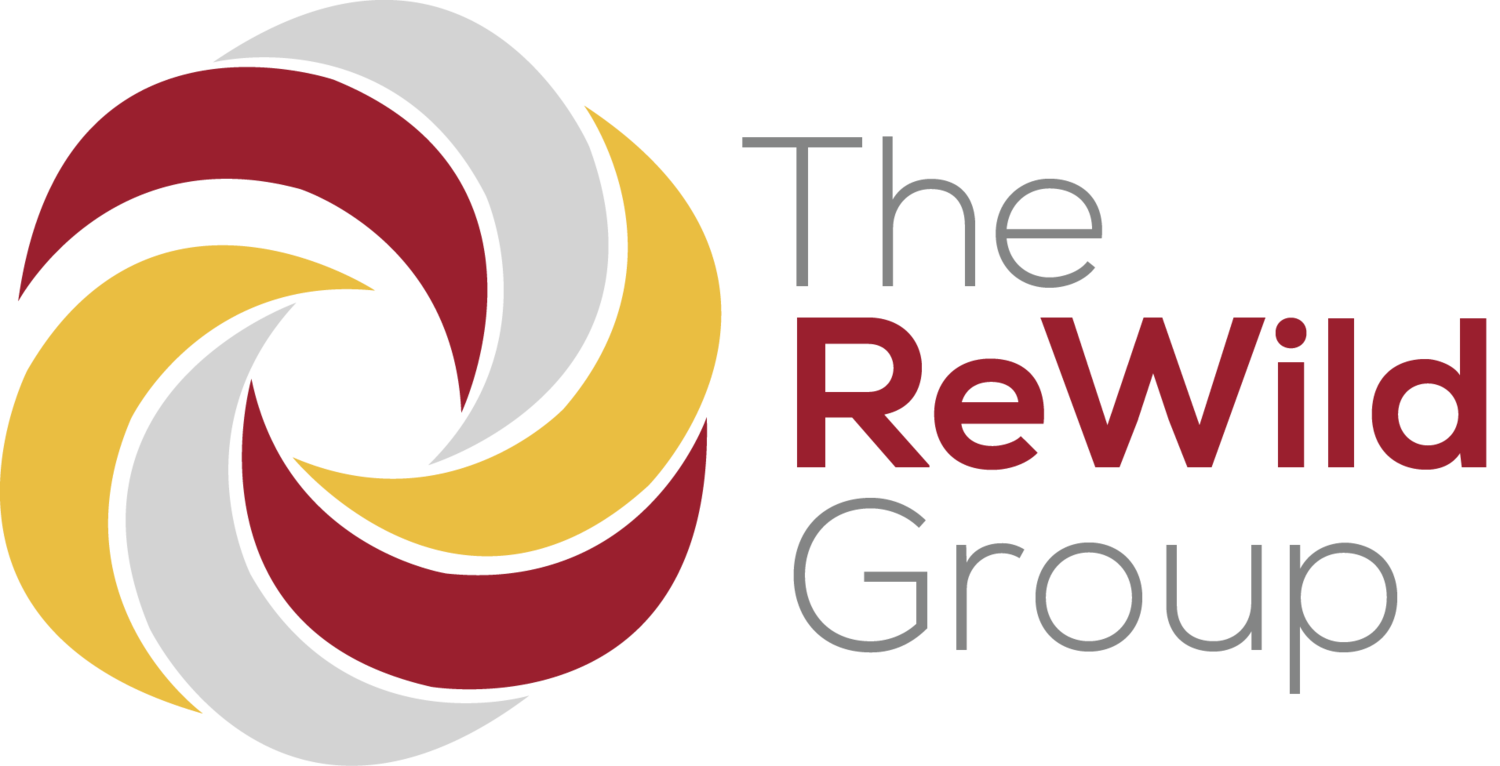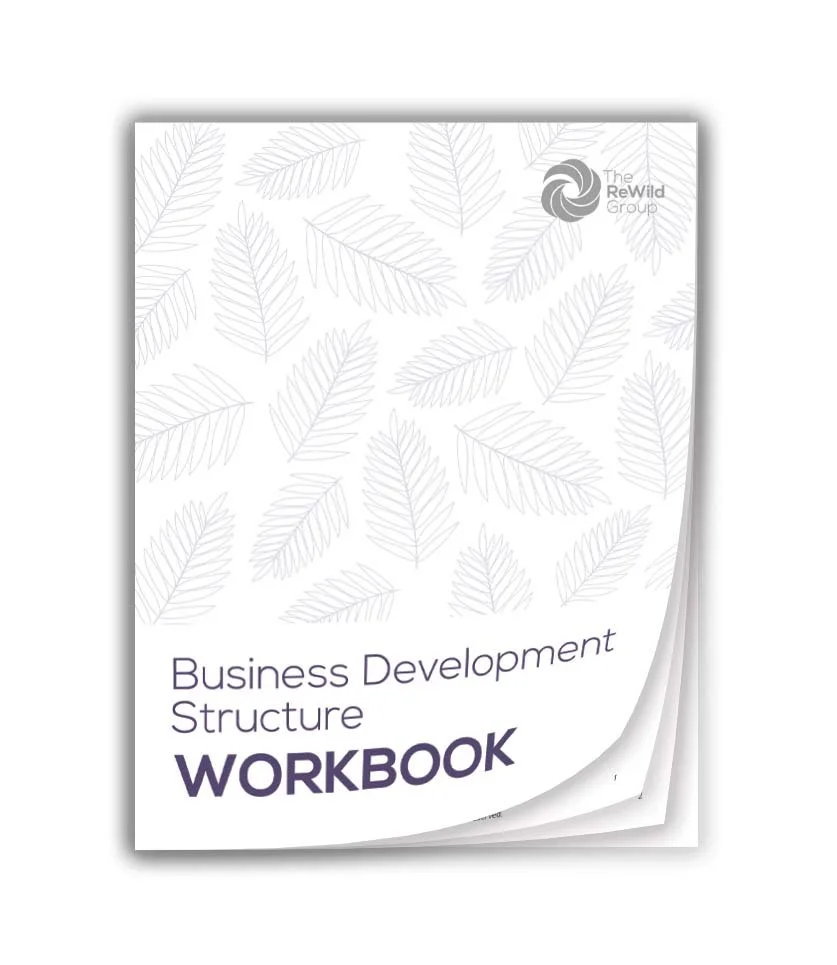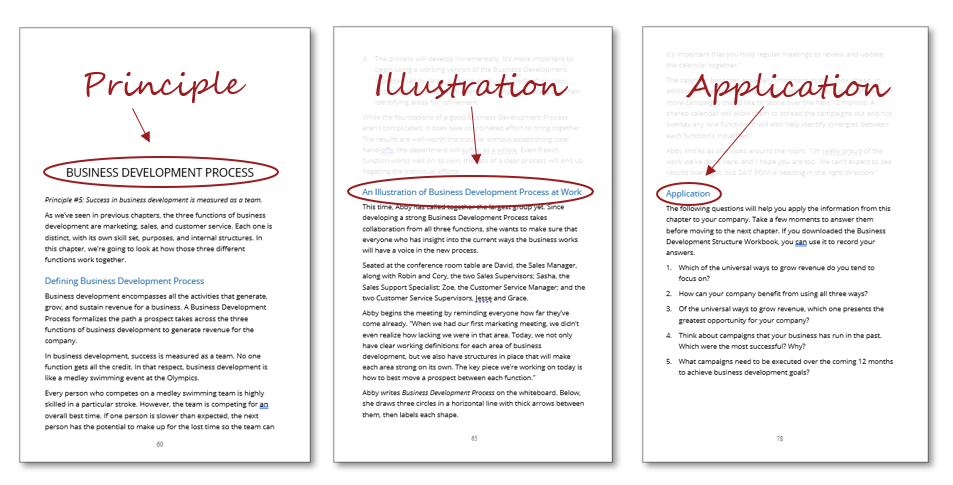The Business Development Structure Guidebook
Every business needs to generate and sustain revenue in order to survive. The functions that support revenue are collectively known as Business Development. This book breaks down each area (marketing, sales, and customer service) and explains how a company can utilize specific tools in order to clarify and strengthen each one. Learn how to market more effectively, increase sales, and empower customer service to grow and sustain the revenue your business needs to thrive.
Free Workbook Included!
The Business Development Structure Workbook is a free tool that will help you get the most out of the Business Development Structure book. A link to download the workbook can be found inside the book. The workbook includes space to take notes as well as room to record your responses to the application questions found at the end of each chapter.
Take a Look Inside
Each chapter addresses a topic related to business development. The chapter begins with an explanation of the principle that is involved and follows with examples of what it looks like when the principle is applied to a business. At the end of each chapter there is an application section with questions that will help you apply the principle to your business.
“Business Development is critical for every business - and a mystery for many. This book illustrates how to implement the right systems to make the three functions of business development function optimally.”
An Overview of the Business Development Structure Guidebook
Business development encompasses all the activities that generate, sustain, and grow revenue. These three functions are known as marketing, sales, and customer service. Each area has a different purpose regarding revenue. Below you can find an overview of what those areas look like, as well as the benefit to having a process and the ways in which revenue and campaigns play into that process. For more details, including illustrative examples, get a copy of the book.
Marketing
Marketing is any activity that has the goal of generating leads. The Prospect Preference Continuum (PPC) is a fundamental marketing structure that helps focus the activities in this function. There are five stages in the PPC: Unaware, Aware, Interest, Consider, and Preference. The goal of marketing is to move a prospect as far to the right of the PPC as possible, making it more likely that Sales will successfully convert the lead into revenue.
Mapping out a company’s marketing activities on the PPC provides a comprehensive picture of which stages are covered and whether there are any gaps. Rather than learning by trial and error, businesses can be more strategic about their marketing initiatives when using the PPC.
Sales
Sales is the process that takes a lead and turns that lead into revenue. The Sales Pipeline makes the sales process for an organization repeatable and improvable. The number of steps in the Pipeline will vary depending on the business; the important thing is that the entire team is aware of the steps and is able to follow them consistently.
When the whole Sales team adopts the same Sales Pipeline, the effectiveness of each step can be evaluated and improved over time. Each improvement will lift the performance of everyone on the team.
Customer Service
Customer Service is the function of the company that keeps the revenue coming. It accomplishes that by making sure that customers are satisfied with the product or service so that they continue to come back for repeat transactions and share their experience with others. The Customer Service Triad is the foundational structure for Customer Service. The three areas of the Triad are Purchase Management, Customer Management, and Relationship Management.
The Triad organizes the activities and initiatives for Customer Service and provides a common language for the team. The three areas help diagnose what is and is not working, helping organizations to have customers who are satisfied, pleased, and loyal.
Business Development Process
Business development encompasses all the activities that generate, grow, and sustain revenue for a business. A Business Development Process formalizes the path a prospect takes across the three functions of business development to generate revenue for the company.
In business development, success is measured as a team. No one function gets all the credit. In that respect, business development is like a medley swimming event at the Olympics.
Developing a process creates cohesion for business development. It requires collaboration and input from all three functions to specify how they work together, specifically to hand off a prospect or lead from one function to the next. The hand-off points should be identified and agreed upon so there is clarity on both the giving and receiving sides of the equation.
Revenue & Campaigns
A campaign is a focused initiative to generate, sustain, and grow revenue for a business. When developing a campaign, a business should consider the three universal ways to grow revenue: increasing the number of new customers, increasing the transaction frequency, and increasing the average transaction amount.
Campaigns can be led by Marketing, Sales, or Customer Service, and can also span more than one of these functions. They should have a defined start and end, with a way to measure their effectiveness. A shared business development calendar improves communication and encourages cooperation across the functions. In order for the calendar to remain useful, it must be regularly maintained and discussed in meetings involving all three functions.
Get the Business Development Structure Guidebook today!
Explore the entire Elements Book Series!
Business Development Structure is just one book in our series called Organizational ReWilding: 11 Elements of an Exceptional Business. Each book addresses a fundamental element of what comprises a great company.
The books are divided into four categories: Leadership, Infrastructure, Strategy, and Culture. Each one follows the same format as Business Development Structure, with chapters structured to explain a principle, illustrate what it looks like in practice using a fictional company, and closing with application questions designed to help you apply the principle to your own business. Click below to learn more.






